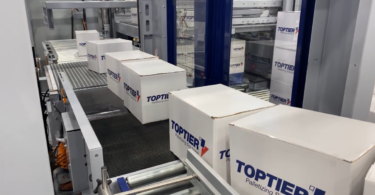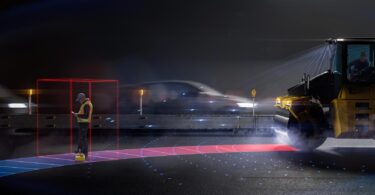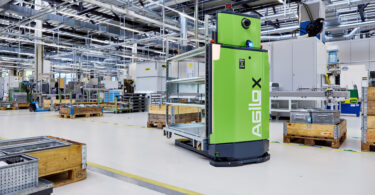How you can use AI to leverage greater success in your operations
The term Artificial Intelligence is one of the biggest buzzwords in the industry right now. Everyone is talking about AI and how it can benefit business. But what exactly is it and how would it work in application in warehouse automation? Well, look no further…we’ve got your answer here!
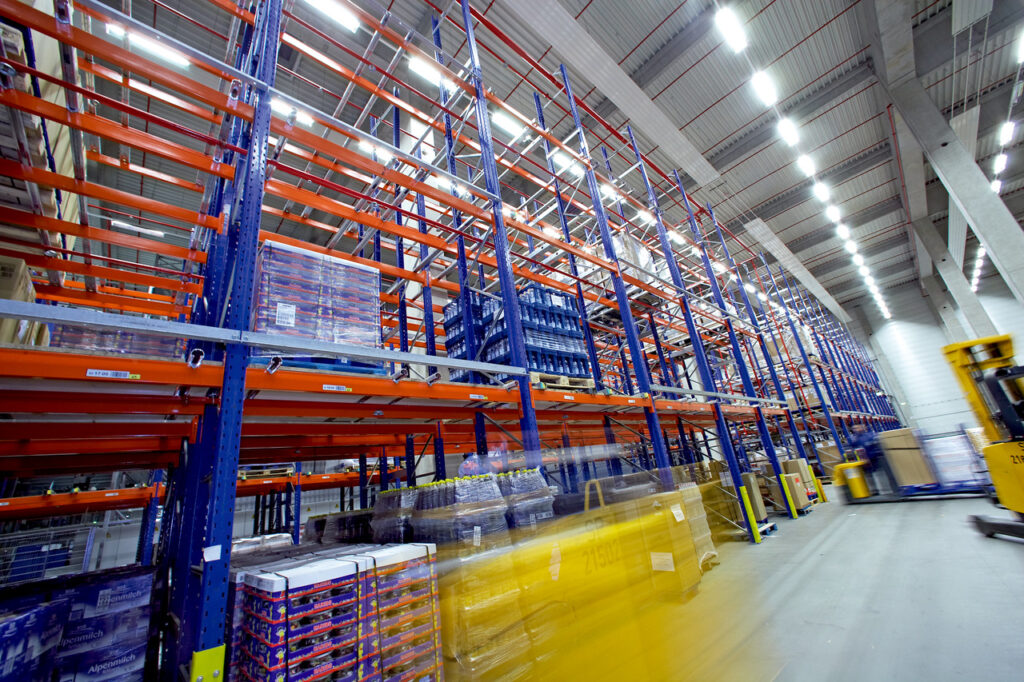
What is Warehouse Automation?
Warehouse automation refers to the use of technology to perform tasks that were traditionally done by human workers. This could include fulfilment, product inventory, or even dimensioning tasks. All tasks are done with minimal human assistance.
The ultimate goal is to increase efficiency, reduce errors, and streamline operations. This can include a variety of technologies, including robotics, data analytics, AI algorithms, and more.
The value of warehouse automation lies in its ability to significantly enhance operational efficiency, reduce costs, and improve customer satisfaction.
Automating processes can streamline inventory handling, leading to faster order fulfillment and distribution, which is crucial for meeting the demands of modern ecommerce. And while there are significant upfront costs, the long-term savings from reduced labor costs, minimized product damage, and maximized storage space can be substantial.
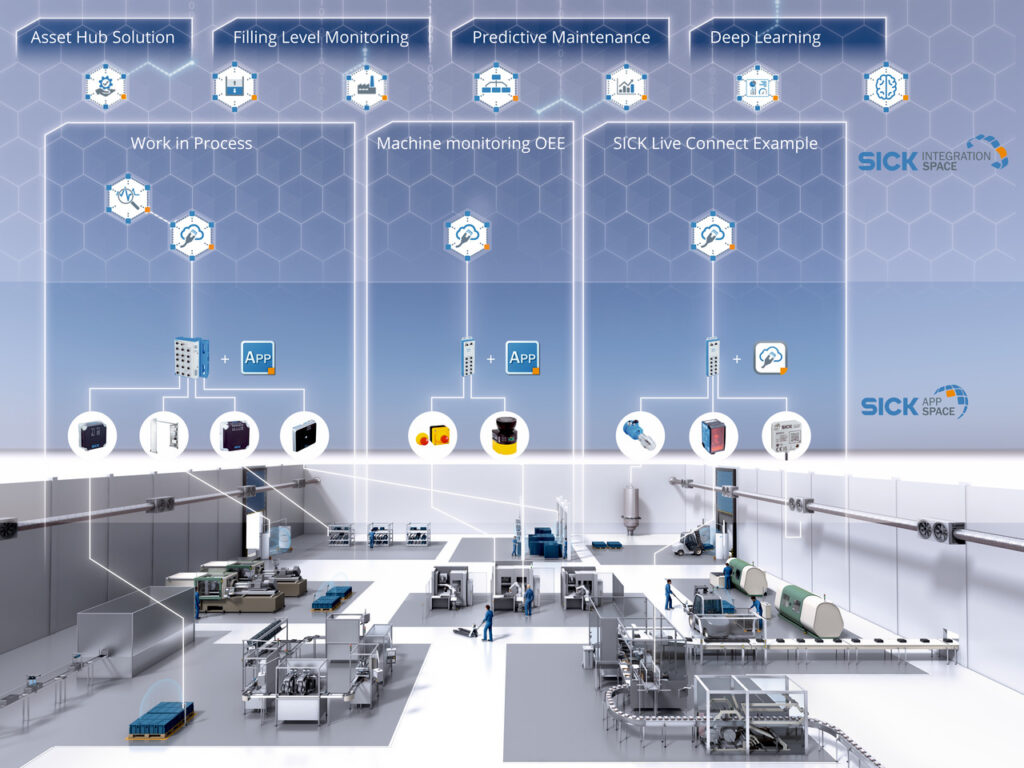
How Does AI Benefit Warehouse Automation?
Artificial Intelligence (AI) has ushered in a new era for warehouse operations, significantly elevating both efficiency and productivity. By harnessing AI, warehouses are now able to optimize a myriad of processes, ranging from meticulous inventory management to the seamless execution of order fulfillment.
At the heart of this transformation are machine learning algorithms, which have drastically improved demand forecasting. This enhancement allows warehouses to remain agile and responsive to the ever-evolving needs of customers. Additionally, advancements in computer vision technologies have empowered robotic systems with improved visual capabilities, essential for tasks such as precise item recognition and stringent quality control.
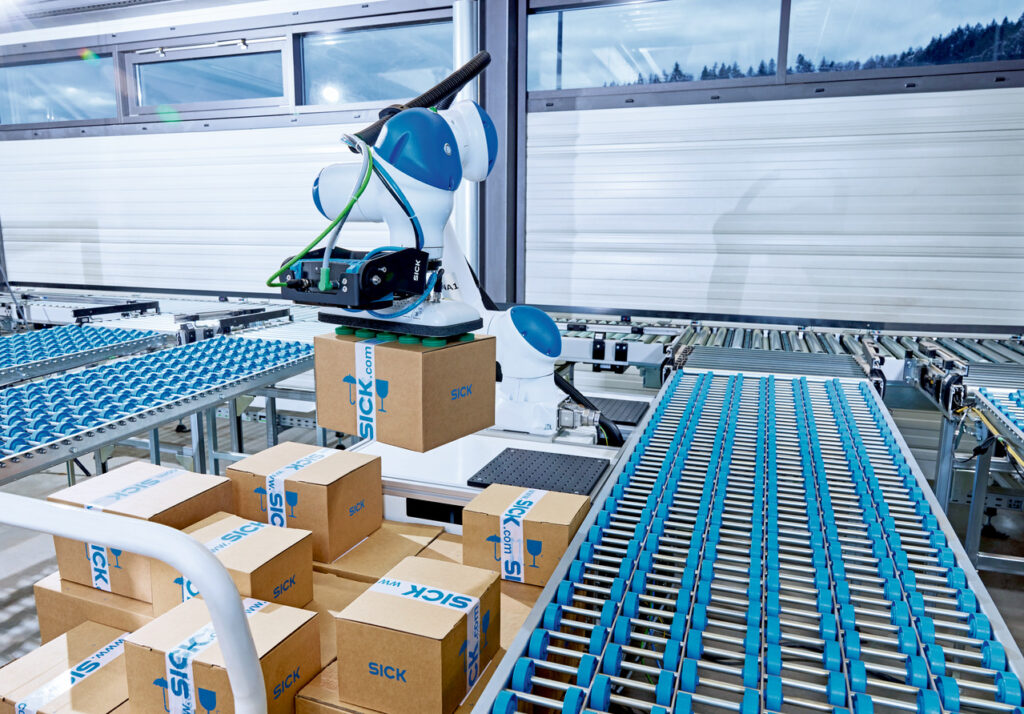
SICK’s Contribution to AI-Driven Automation: A Closer Look
SICK stands at the forefront of this technological revolution, offering cutting-edge AI-powered solutions that unlock the full potential of automation. AI is not merely a technological advancement; it signifies the dawn of advanced sensor intelligence. With AI, warehouses can tackle more complex tasks, swiftly adjust to dynamic conditions, and identify patterns with unprecedented speed, ease, and reliability.
To harness these advantages, SICK sensors meticulously gather critical data, which is then analyzed by sophisticated algorithms. This process allows you to concentrate on the broader strategic goals, fine-tune your operational workflows, and utilize your resources with maximum efficiency.
More specifically, SICK focuses on a subset of AI to get the most out of our smart sensors: deep learning. Deep learning is a subset of artificial intelligence that enables computers to mimic human decision-making and problem-solving. Deep learning uses neural networks to teach computers to process data inspired by the human brain.
SICK’s deep learning solutions are designed to enhance precision, augment flexibility, and ultimately, drive success. With a scalable suite of products, SICK ensures that your business can flourish in tandem with these technological advancements. Regardless of the size of your enterprise, SICK provides support that is both straightforward and adaptable, ensuring that your business thrives in the age of AI-driven warehouse automation.

Industrial Vision Cameras
SICK’s portfolio includes 2D and 3D vision cameras tailored for the rigors of industrial settings. These cameras are adept at capturing high-resolution images and depth data, which are critical for accurate measurements, thorough inspections, and reliable identification processes.
Deep Learning Capabilities
SICK has introduced a new compact 2D vision camera that comes equipped with deep learning technology right out of the box. This innovation streamlines the development of custom inspection protocols, particularly for goods with complex shapes or inconsistent packaging, enhancing the quality control process.
Real-Time Data Processing
The system is engineered to process information instantaneously, utilizing local AI computing resources. It excels in performing tasks such as object recognition, defect identification, and ensuring quality control standards are met.
Refining Warehouse Operations with Machine Learning
Machine learning has a transformative impact on warehouse operations, from enhancing predictive capabilities to simplifying the integration of sophisticated systems, all contributing to a more productive and resilient production environment. It offers significant enhancements across various processes:
Demand Forecasting
By analyzing sales history and trends, machine learning aids in robust inventory management. It anticipates the need for product restocking, ensuring items are consistently available when needed.
Predictive Maintenance
Machine learning scrutinizes sensor data to foresee potential faults before they escalate into serious issues. This proactive approach is continually refined through reinforcement learning, leveraging additional data to bolster the neural networks that underpin training, thus driving process efficiency.
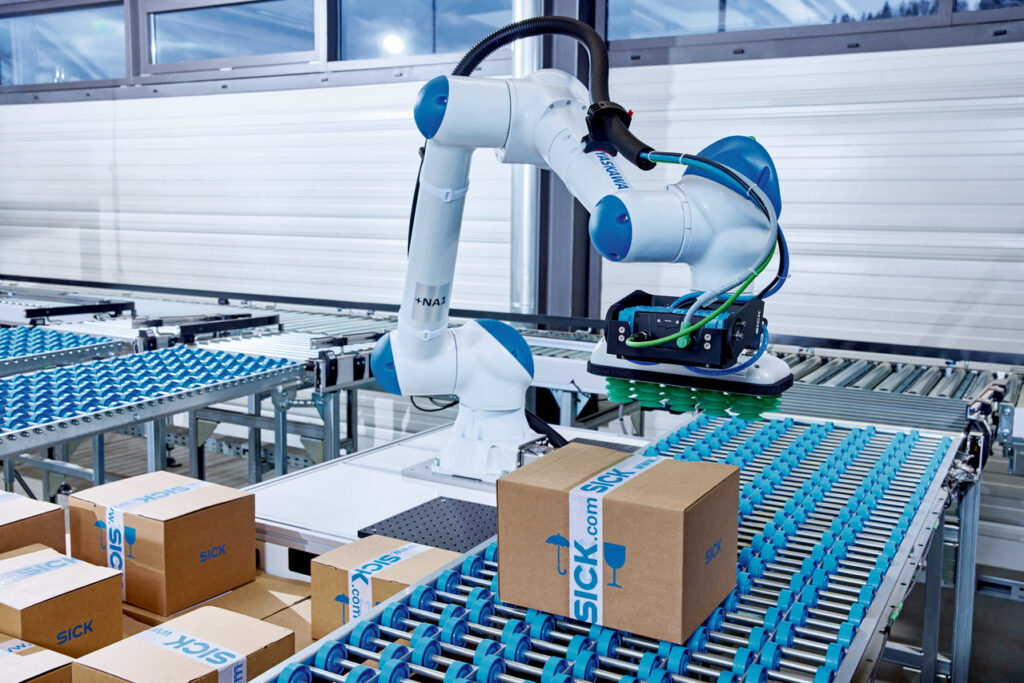
Adaptive Robotic Systems
Machine learning equips robotic systems with the agility to adapt to ever-changing environments. Minor alterations in the workspace, such as a shifted bin or irregularly stacked boxes, no longer necessitate halting production. The technology accommodates a myriad of variables, including the unpredictable positioning of flexible items like potato chip bags.
Predictive Maintenance Advancements
A significant trend in warehouse automation is the development of predictive maintenance for robotics. Efforts are underway to create solutions that can predict malfunctions in critical robot components, such as the J2 joint, before they result in costly downtime.
Streamlined Commissioning
The deployment of machine learning systems is remarkably efficient. Despite the complexity of the software, the commissioning process is designed to be straightforward, eliminating the need for specialized professionals during installation.
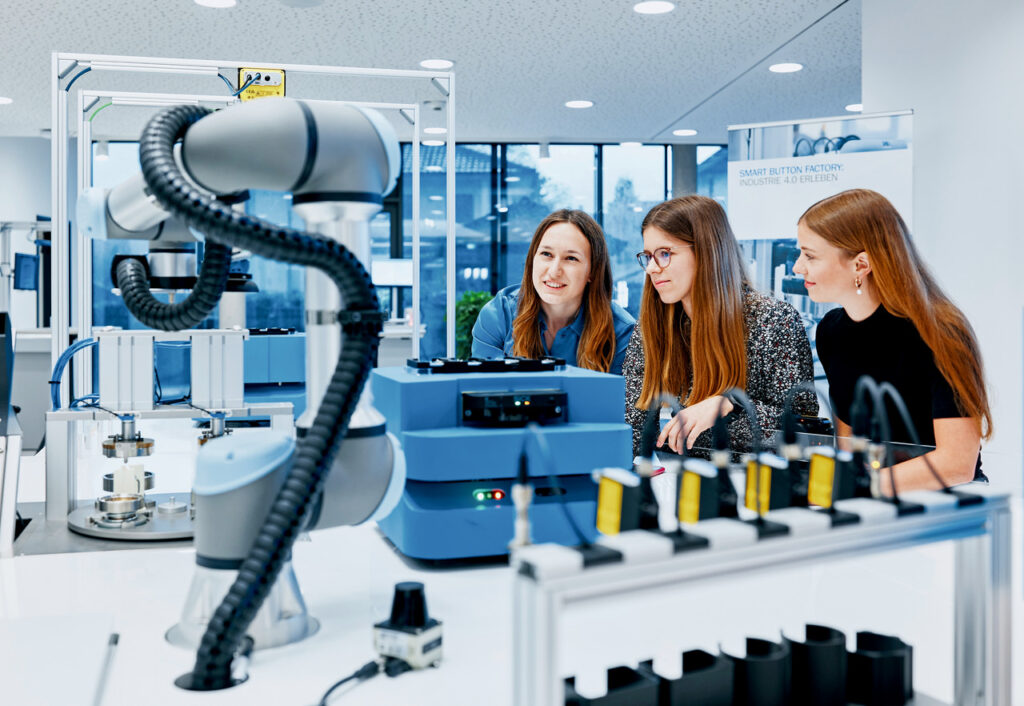
Challenges with Implementing AI in Warehouse Automation
Supply chain professionals encounter several hurdles when integrating AI-driven automation into warehouses. The process of change management looms large, encompassing workflow alterations, the introduction of new tools, and the necessity for training on AI-powered solutions. The question arises: how can professionals navigate these changes without causing paralysis or disrupting production?
The accuracy and reliability of AI models, while impressive, have not reached perfection, leaving room for improvement. The industry is still acclimating to the intricacies of machine learning, with a particular need for a deeper understanding of neural network creation. Additionally, AI’s fuzzy logic can clash with the stringent repeatability and certainty required for safety applications. Vision technology, although advanced, still falls short of human capabilities in areas like object classification and border definition.
To address these challenges, supply chain professionals can focus on workforce adaptation, emphasizing reskilling, upskilling, and cross-training, alongside the redesign of business processes to accommodate new roles created by automation.
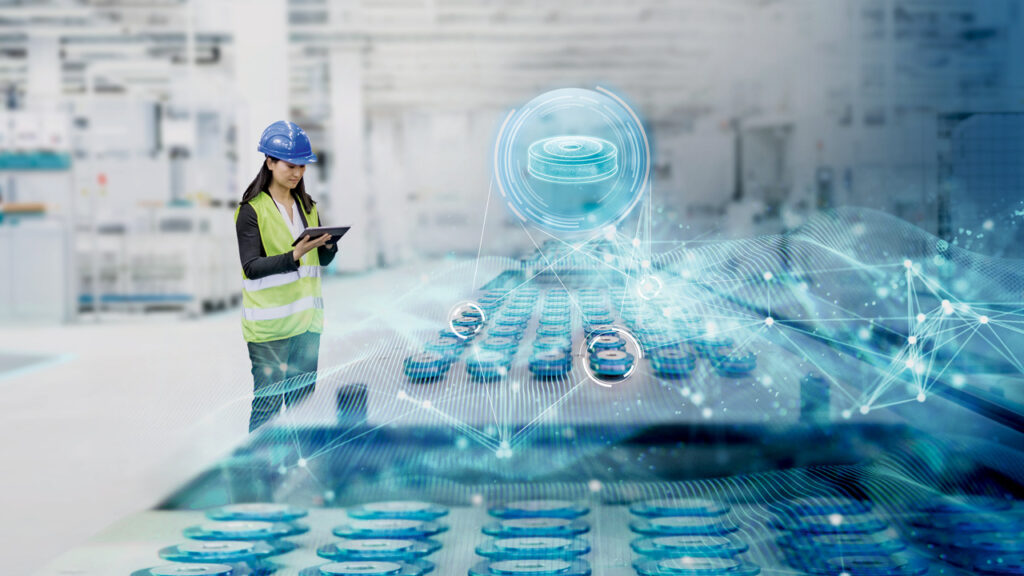
AI Advancements
Looking to the future, several AI advancements stand poised to make a significant impact on warehouse automation and supply chain optimization. Edge computing, reinforcement learning, and AI vision are expected to be game changers, with hardware improvements aiming to replicate human visual acuity. Natural Language Processing (NLP) will enable more intuitive interactions between warehouse workers and robots, moving away from scripted commands.
The evolution of smart robots and AI-powered systems is inevitable. As AI-driven automation continues to revolutionize warehouse operations, the collaboration between humans and AI emerges as a crucial element. Ethical considerations and workforce adaptation will play pivotal roles in successful implementation. Advancements in AI technology promise to further enhance efficiency and optimization within supply chains, marking an exciting trajectory for the industry.



